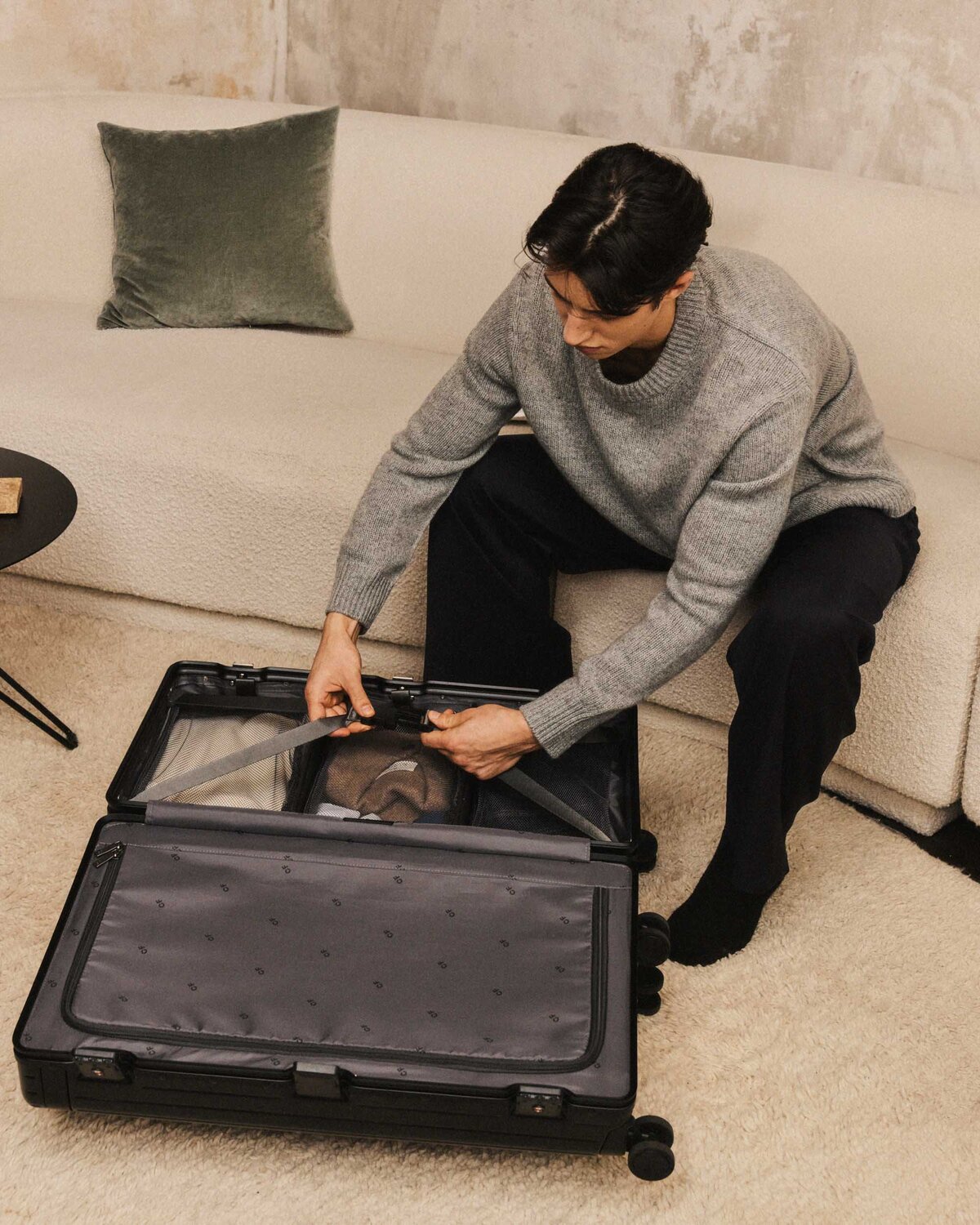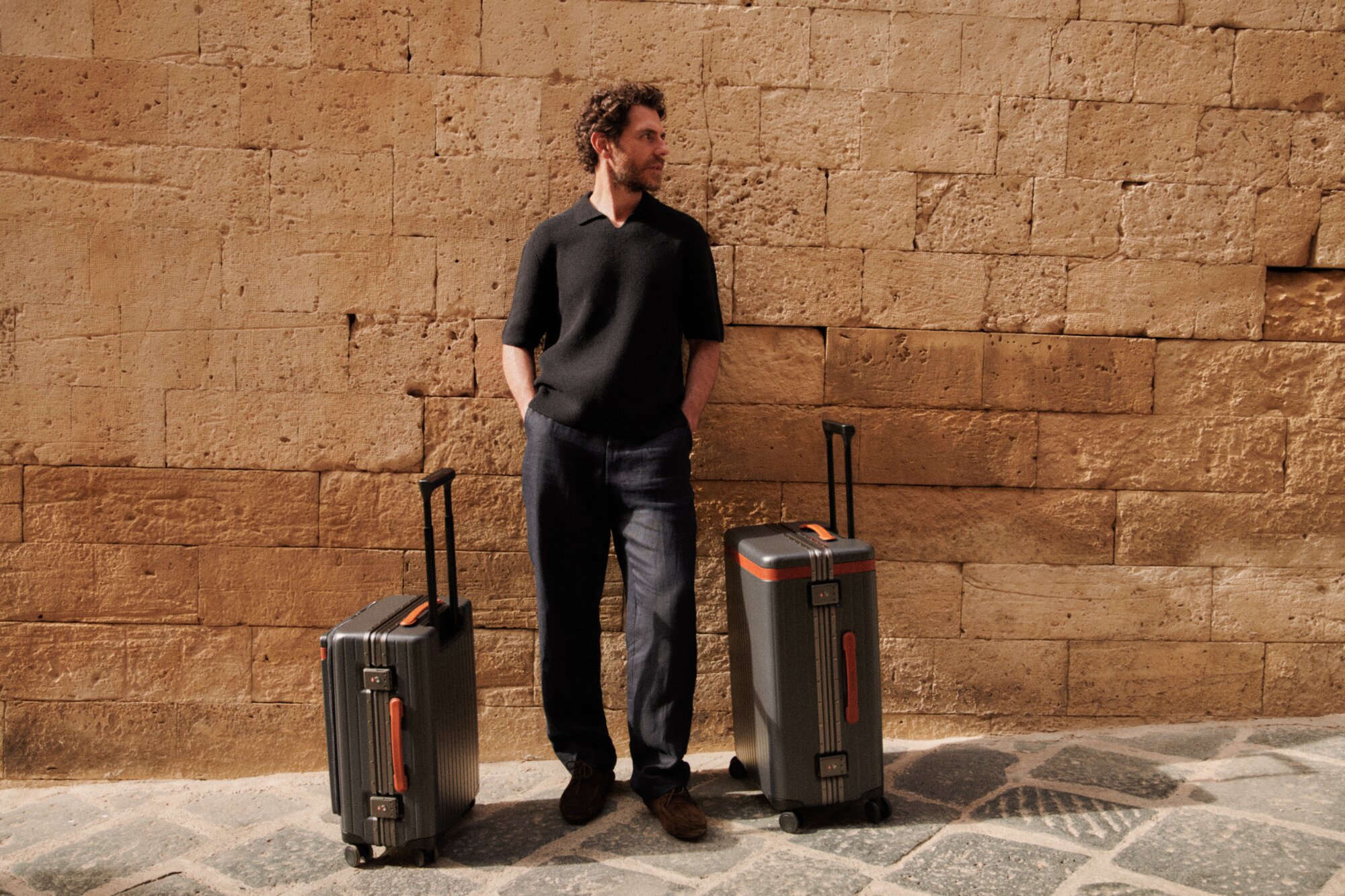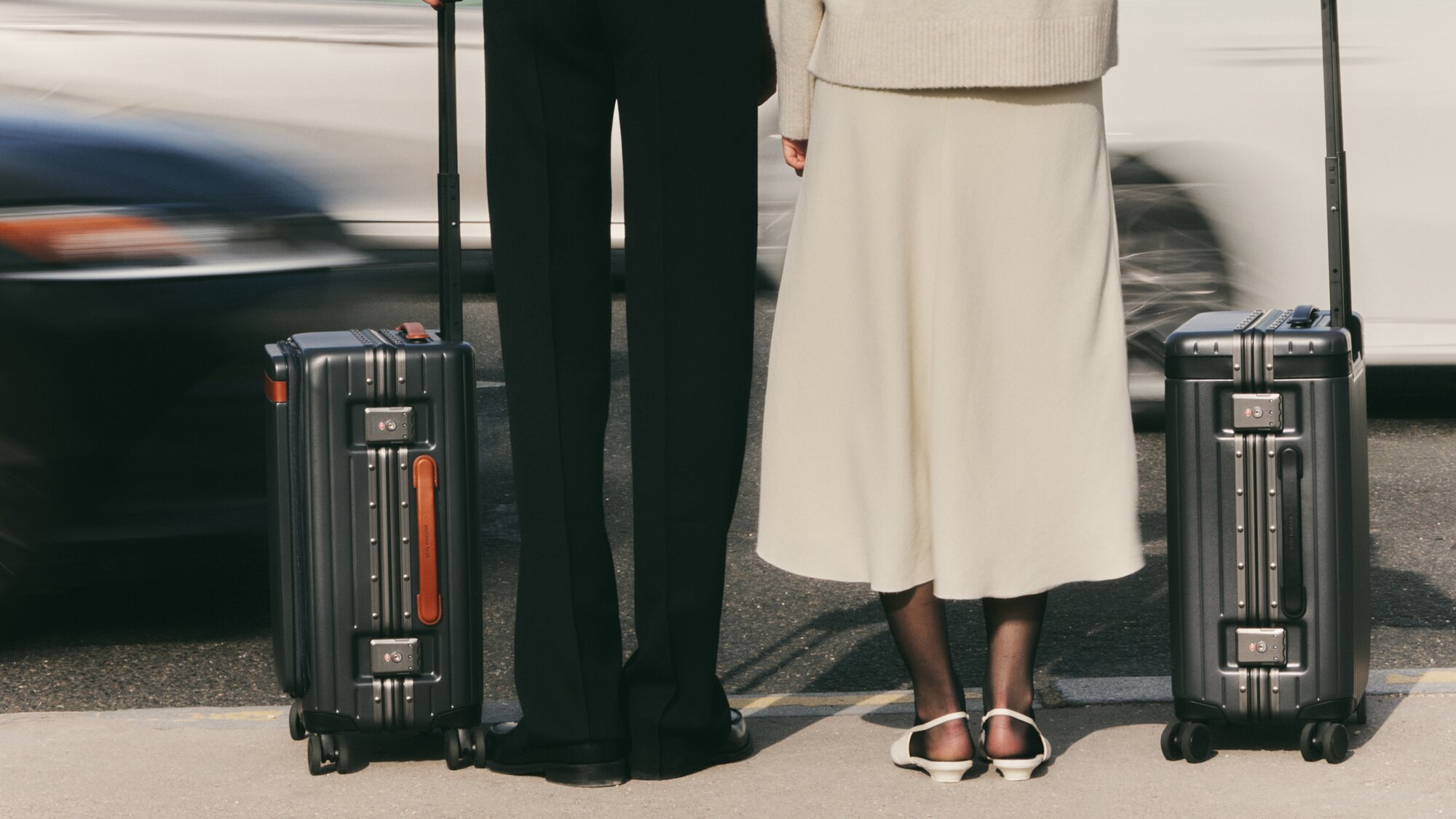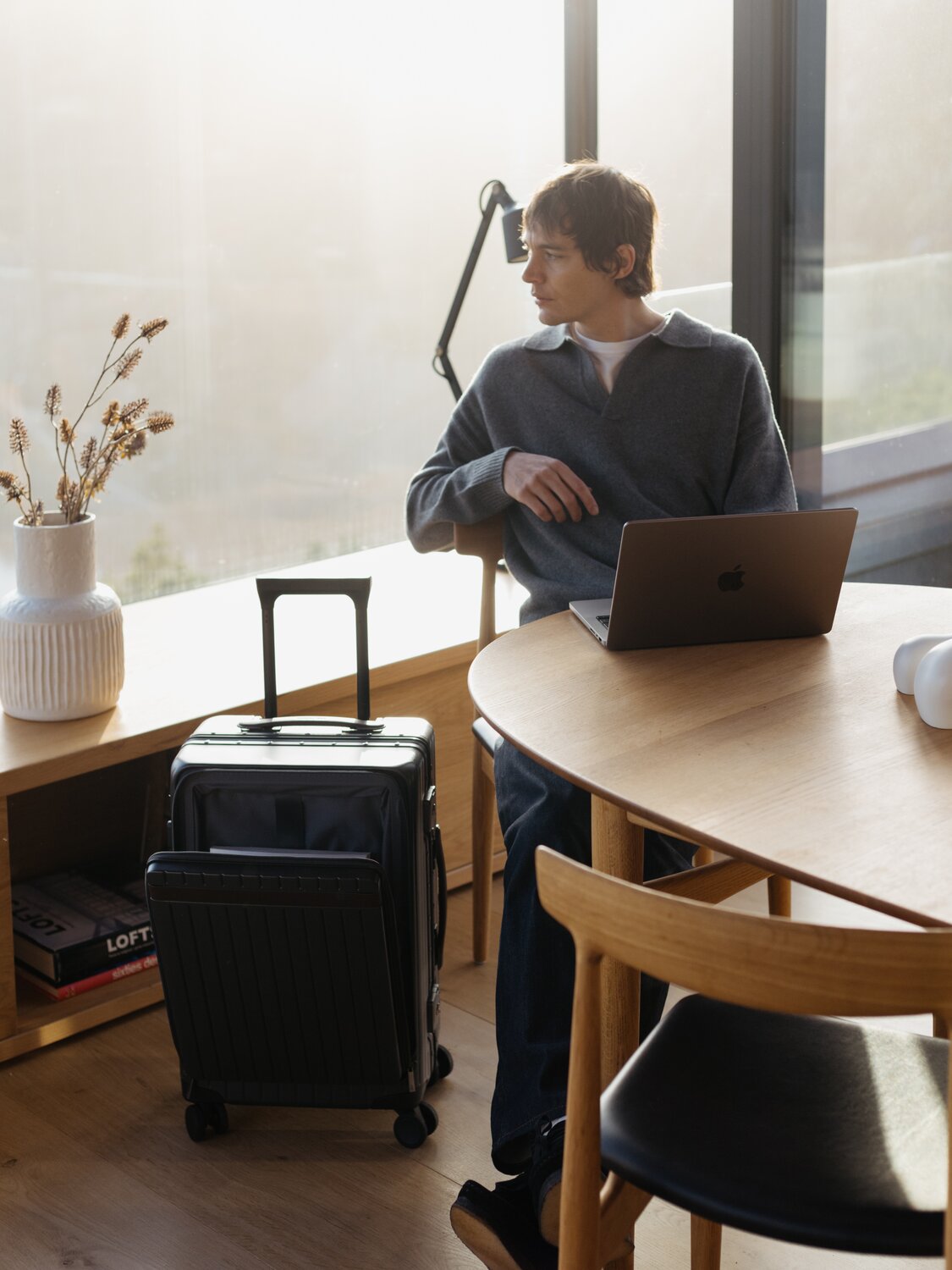Even a seasoned traveller has blind spots: a tie packed for Zurich but never worn; suede loafers carted across Lisbon without touching the pavement; or the phone charger abandoned in Buenos Aires. The solution isn’t another suitcase: it’s knowing what to pack for a trip, and what to leave behind. A packing list trims away the excess and spares you from buying a second toothbrush at Arrivals.
This guide helps you decide what to pack for a trip, focusing on streamlining your holiday gear down to what truly matters.
Contents
Why you need a packing list
Things to pack for a trip: core categories
Packing for a trip efficiently: tips & tricks
Destination & season-specific things to bring on a trip
Packing checklist
Final review
Why you need a packing list
A packing list is about organisation and peace of mind. It spares you the midnight panic of wondering if your passport is still in the drawer, or the inevitable stop at an airport kiosk to buy deodorant for triple the price.
The right list also saves more than nerves. It saves time: no frantic rummaging for missing cables, no dash to the chemist before getting to your gate. It saves money, since those marked-up emergency purchases always add up. Finally, it saves space, with everything in your case having earned its place — more gallery wall than jumble sale.
A packing list is a framework. Within it, there’s room for personal preference and spontaneity. But most importantly, it allows you to travel with certainty that nothing essential has been left behind.
Things to pack for a trip: core categories
When considering things to pack for a trip, it’s tempting to focus on individual items: a scatter of clothes, cables and toiletries that soon resemble a Harrods catalogue. A smarter trip packing list begins with categories. Five, to be exact.
Clothing essentials
Of all things to take for a trip, clothing is the easiest to overpack. A capsule wardrobe allows you to do more with less, versatile pieces that mix rather than multiply.
- Layers: a light jacket or a blazer
- Casual/formal staples: smart shirts and adaptable trousers
- Shoes: one pair sturdy enough for the pavement, another pair polished for the table
- Swimwear
Pack less, mix more. Utility wins over quantity every time. A capsule wardrobe not only lightens the load but also slips neatly into a weekend bag, potentially your best friend for a short escape.
Toiletries and health
Toiletries often tip your luggage from neat to unruly. The best things to bring on a trip involve travel-sized efficiency: compact, essential, nothing superfluous.
- Toiletries: shampoo, conditioner, soap or shower gel, deodorant, all in travel sizes
- Medications: any prescriptions plus everyday remedies
- Sunscreen
- Mini first-aid kit: you never know, plasters, painkillers, and a touch of antiseptic can go a long way
A clear pouch keeps everything airport-friendly and saves time at security. Sparing you from the indignity of rummaging through half-zipped bags while the queue behind grows restless.
Electronics
Leave them behind, and the inconvenience makes itself known almost instantly.
- Phone: essential for maps, boarding passes, language apps and, well, everything else
- Charger & power bank: a flat battery is a nightmare best avoided
- Adapter: universal, if possible, to avoid the ritual of going on a treasure hunt for one abroad
- Headphones: a simple shield against cabin noise, long queues or the unrelenting cheer of a chatty neighbour
- E-documents: passports, boarding passes and visas if necessary. Stored securely in your phone for quick access
Keep all of these close — ideally in a hardwearing backpack, where they remain accessible throughout your journey. A little foresight here can mean the difference between smooth sailing and unnecessary delays.
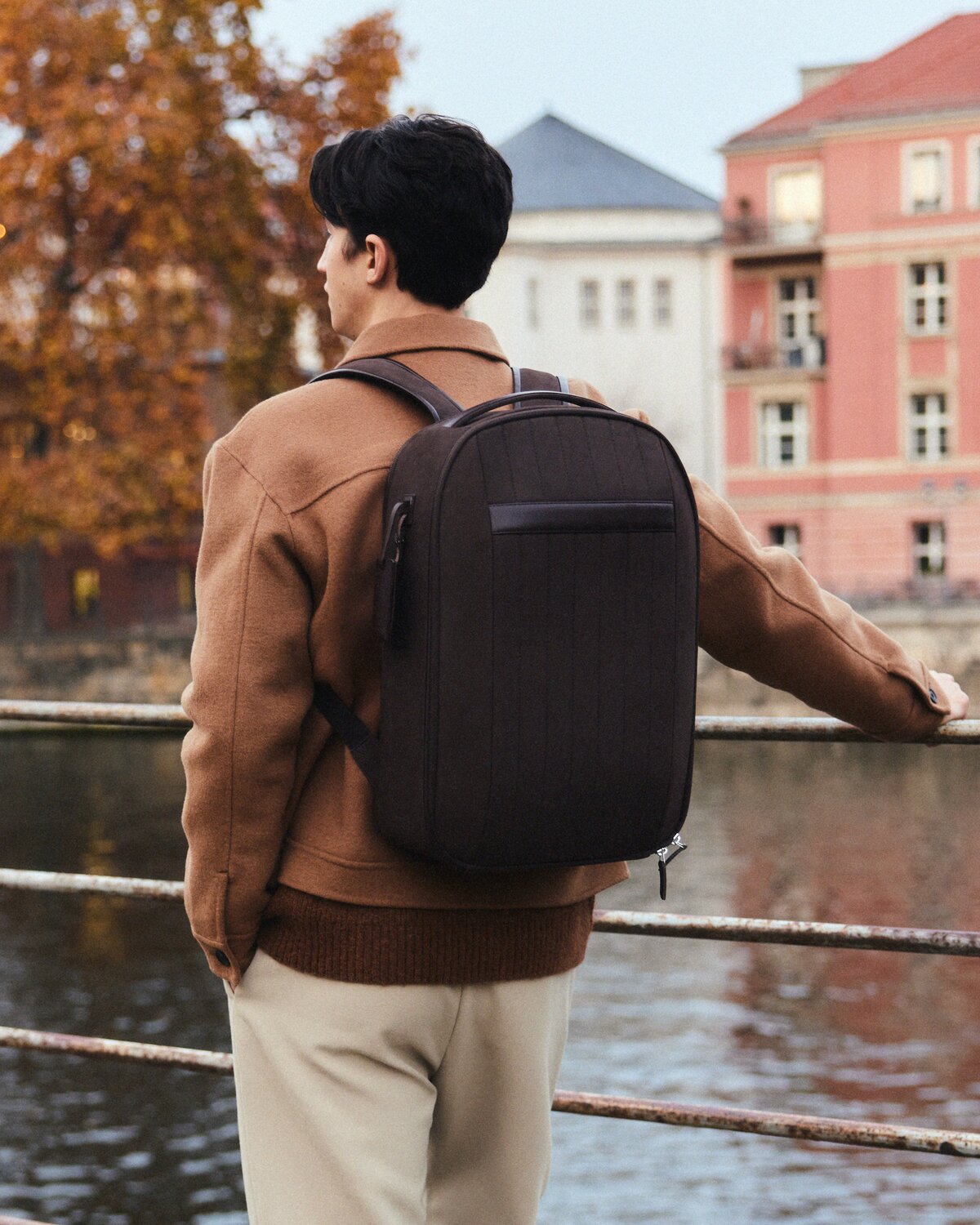
72-hour Backpack
Travel documents
The one category you cannot afford to overlook when packing for a trip. Lose a charger and you can replace it, lose a passport and the trip is over before it’s even begun.
- Passport: valid, with at least six months left where required
- IDs: driving licence or national ID, depending on the destination
- Visas: secured in advance where necessary
- Backups: scanned copies saved securely on your phone
Keep originals secure in a bag or travel wallet and ensure digital backups are accessible. A small precaution can save the entire trip. Our travel accessories are a safe bet, blending elegance with functionality.
Comfort items and extras
Comfort makes the hours spent travelling pass with ease. The trick is to choose a few things that justify their place.
- Travel pillow: support without the bulk
- Snacks: reliable when flights run late or connections vanish into thin air
- Refillable water bottle: keeps you hydrated and cuts down on single-use plastic
- Entertainment: a book worth the space, a magazine or a film saved offline
Well-judged comforts can transform travel from chore to pleasure. And if your journey takes you further afield, our guide on how to pack a backpack for travel shows how to keep comfort in play even when you’re carrying everything on your shoulders.
Together, these categories frame a trip packing list that is practical without being prescriptive, complete without becoming cluttered. This isn’t a game of suitcase Tetris, but an essential task that sets the tone for your journey.
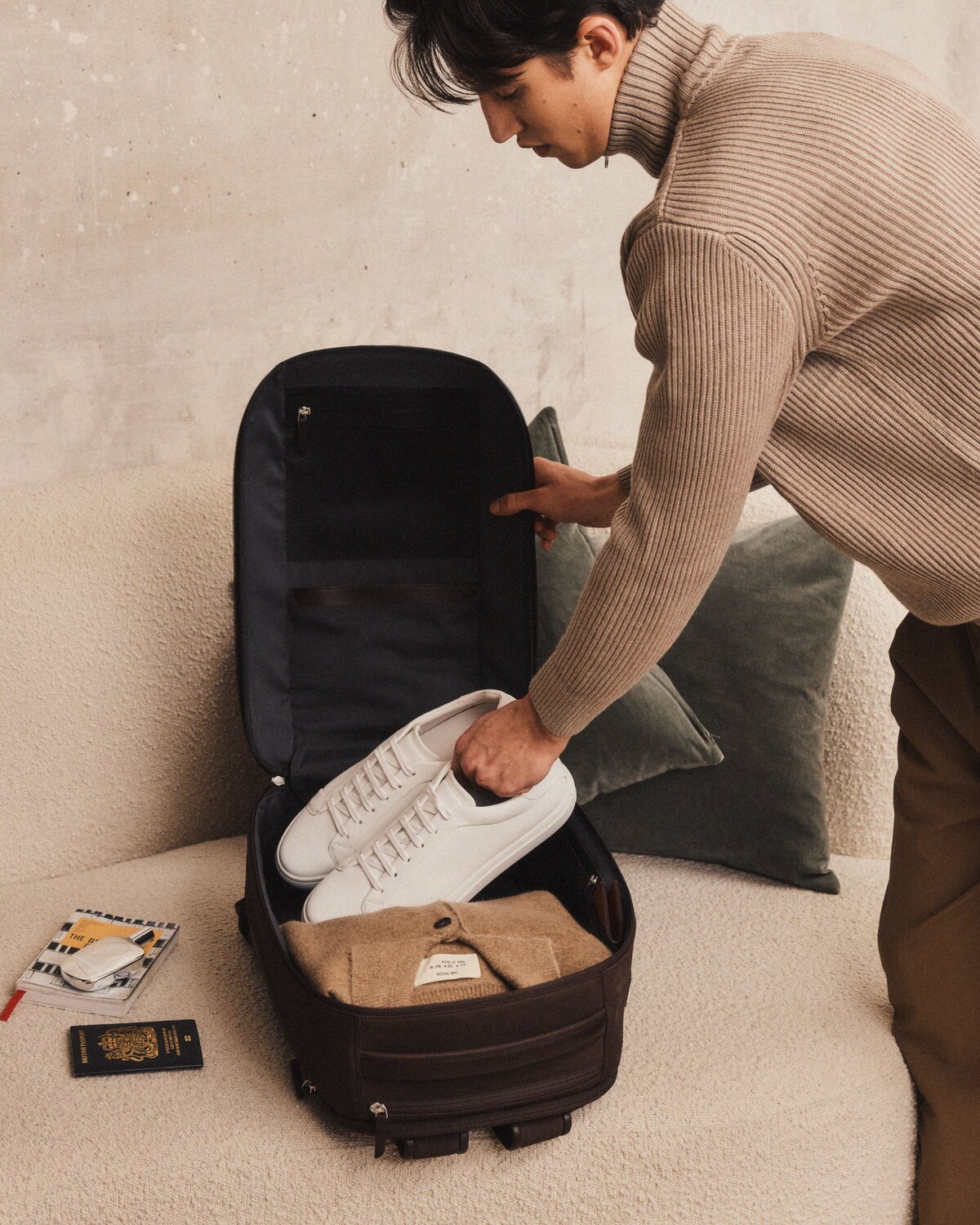
72-hour Backpack
Packing for a trip efficiently: tips & tricks
Knowing what to pack is only half the journey. How you pack it defines the rest. It isn’t about how much you carry but how well it fits. A few rules, applied consistently, transform the process.
Roll and fold
Rolled shirts save space, prevent creasing and often make it easier to spot what you’ve packed. Folded jackets, on the other hand, preserve their structure. A simple balance works best: roll for casualwear, fold for tailored or delicate pieces.
Packing cubes
Packing cubes turn your suitcase into a set of neat compartments, saving you from wading through a restless jumble. They also create a sense of rhythm in packing — everything has its place and feels more deliberate. See our guide on how to use packing cubes for a more in-depth idea on the benefits of using them.
5-4-3-2-1 rule
Five tops, four bottoms, three accessories, two pairs of shoes, one jacket. This formula covers you for a week without the risk of overpacking. Adjust up or down depending on the trip length.
Know your weight limits
Airlines change the rules regularly. Being prepared and using a luggage scale saves the awkward repacking at the check-in desk.
- Checked bags usually allow 23 kg, rising to 32 kg with premium classes. The trade-off is more space but longer waits at the carousel
- Carry-ons typically fall between 7-10 kg
- Personal items must fit under the seat in front
- See our guide on how to weigh luggage to ensure you’ll always stay within limits
What matters most isn’t just following the rules but anticipating them. Boundaries shift between airlines, often frustratingly so.
Efficiency is about allowance. The best-packed bag leaves space for the inevitable — something you never planned to buy but can’t leave without, whether that be for you or someone waiting at home.
Destination & season-specific things to bring on a trip
What serves you in the Alps will only weigh you down in the Riviera. Packing with intent means what you bring on a trip should always account for climate, season and setting before anything else.
In warm climates, space is on your side. Thanks to sandals being wafer-thin and linen shirts folding down to nothing, warm-weather staples can earn their keep without crowding your case. Swimwear, breathable linens, lightweight cottons and suncream carry you through the day, while a couple of versatile evening outfits ensure you’re not underdressed come dinner.
Cooler destinations, however, demand intent. Bulkier clothing often calls for check-in luggage to provide better space and structure. Thermal layers, weatherproof outerwear and sturdy footwear pull their weight, but they also claim more precious room. Nordic winters, with their mix of biting winds and slush underfoot, reward precision in packing far more than blind abundance. In this case, each choice matters more. The second jacket may fit in the boot, but on the flight, it can tip a carry-on into checked-bag territory.
Beyond temperature, there are cultural considerations. Dressing for an evening in Dubai is not the same as in Barcelona. The climates may be similar, but the expectations are not. Always check the climate, but also the cultural pace, local customs, dress codes or even the subtler signals of your destination.
Packing checklist
The list below isn’t prescriptive; it’s there to be ticked off and tailored to your specific trip. Think of it less as a formality, more as something that frames the journey ahead.
Clothing
- Shirts
- Trousers
- Jacket or blazer
- Underwear
- Socks
- Swimwear
- Day shoes
- Evening shoes
- Belt
- Watch
- Sunglasses
Toiletries and health
- Shampoo
- Conditioner
- Shower gel or soap
- Deodorant
- Prescription medication
- Suncream
- First-aid kit
Electronics
- Phone
- Charger
- Power bank
- Universal adapter
- Headphones
- E-documents
Travel documents
- Passport
- ID
- Visas
- Digital backups
Comforts
- Travel pillow
- Refillable water bottle
- Snacks
- Book or magazine
- Downloaded series, film or music
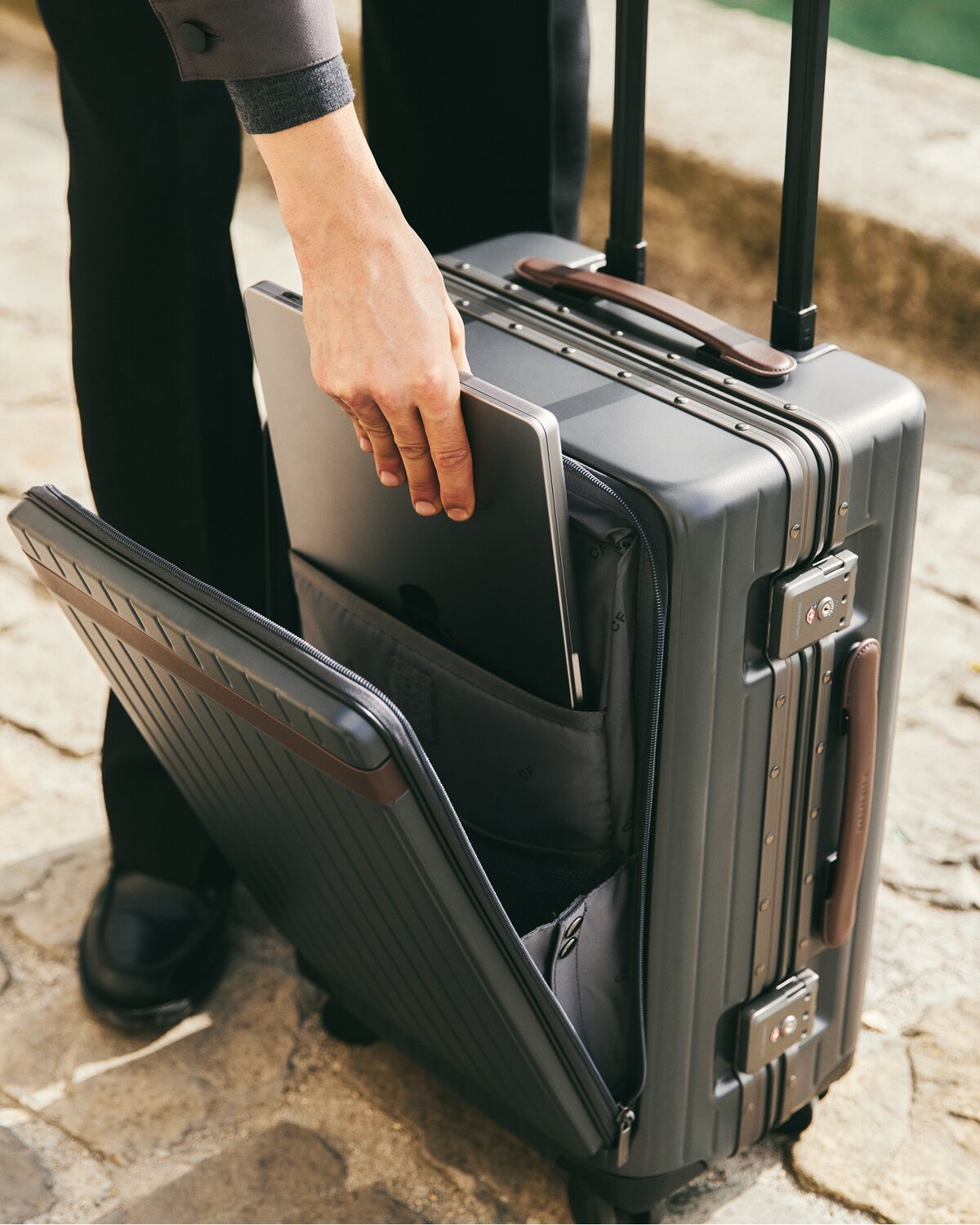
The Carry-on X
Final review
A ten-minute luggage review before leaving isn’t fuss, it’s foresight. A final scan of your luggage is enough to replace second-guessing with certainty, assuring you that everything is where it should be. Because the best luxury in travel isn’t what you carry, it’s knowing that you’re carrying it.
Think of the basics first: passport, wallet, keys, tickets, phone, chargers — the non-negotiables of any journey. Then the home you’re taking a break from: lights set on timers, windows locked, mail paused. It takes minutes to check, but it spares hours of worry once you’re on the move.
What is the most forgotten thing to pack for a trip?
How do I avoid overpacking for a trip?
What should I pack for a long trip vs. a short trip?
Should I pack differently for international travel?
The latest product news and travel guides? It's just a sign-up away.
